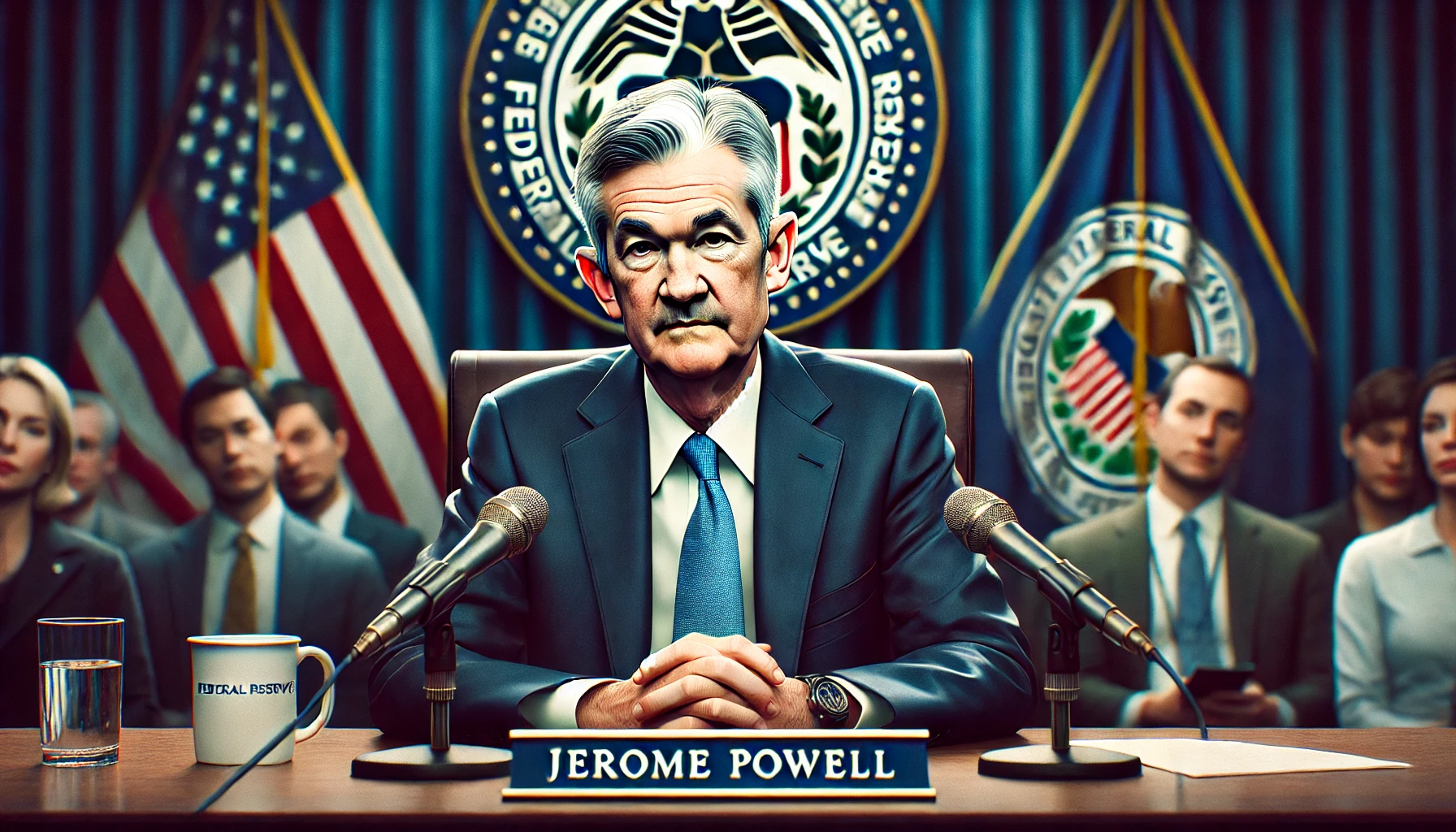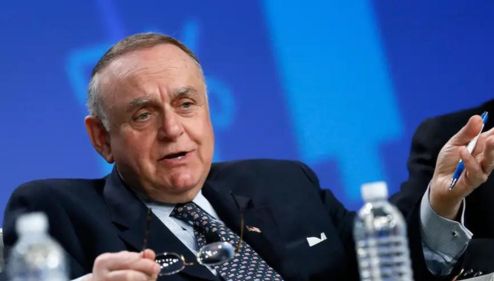| Key Points: – The Fed maintained its benchmark interest rate at 4.25%-4.5% for the second consecutive meeting. – Core PCE inflation is now expected to be 2.8% at year-end, up from 2.5%. – GDP growth projections for 2025 were lowered from 2.1% to 1.7%. |
The Federal Reserve opted to hold interest rates steady at its March meeting, maintaining the federal funds rate within a range of 4.25% to 4.5%. This decision marks the second consecutive meeting in which borrowing costs remain unchanged, following a series of three rate cuts in late 2024. However, alongside the decision, policymakers signaled a revised economic outlook, reflecting slower growth and more persistent inflation.
Fed officials now forecast that the U.S. economy will grow at an annualized pace of 1.7% in 2025, a downward revision from the previous estimate of 2.1%. At the same time, inflation projections have been raised, with the core Personal Consumption Expenditures (PCE) index now expected to reach 2.8% by year-end, up from 2.5% previously. These adjustments reflect increasing uncertainty surrounding the economic impact of new trade policies and tariffs imposed by the Trump administration.
“Uncertainty around the economic outlook has increased,” the Fed noted in its official statement, referring to the administration’s aggressive tariff measures targeting China, Canada, and Mexico. Additional duties on steel, aluminum, and other imports are expected to be announced next month, potentially disrupting supply chains and fueling inflationary pressures.
While the Fed’s statement maintained language indicating that “economic activity has continued to expand at a solid pace,” policymakers acknowledged growing concerns about the possibility of stagflation—a scenario where growth stagnates, inflation remains high, and unemployment rises. The unemployment rate projection was slightly raised to 4.4% from 4.3%, reflecting potential labor market softening.
In an additional policy shift, the central bank announced a slower pace of balance sheet reduction. Beginning in April, the Fed will reduce the amount of Treasuries rolling off its balance sheet from $25 billion to $5 billion per month, while keeping mortgage-backed security reductions steady at $35 billion per month. The decision was not unanimous, with Fed Governor Chris Waller dissenting due to concerns about slowing the pace of quantitative tightening.
Despite these shifts, the Fed’s “dot plot”—a key indicator of policymakers’ rate projections—still points to two rate cuts in 2025. However, there is growing division among officials, with nine members supporting two cuts, four favoring just one, and another four seeing no cuts at all.
The Fed’s decision and economic projections have triggered mixed reactions in the financial markets. Stocks initially fluctuated as investors assessed the impact of slower economic growth and the persistence of inflation. The S&P 500 and Nasdaq saw volatile trading, while the Dow remained under pressure amid concerns that the Fed may not cut rates as aggressively as previously expected. Bond markets also responded, with yields on the 10-year Treasury note rising slightly as inflation concerns remained elevated.
Investors are increasingly wary of a scenario where economic growth weakens while inflation remains sticky, a condition that could lead to stagflation. Sectors such as financials and consumer discretionary stocks saw selling pressure, while defensive assets, including gold and utilities, gained traction as traders sought safe-haven investments.
Looking ahead, the Fed’s challenge will be navigating the dual risks of inflationary pressures and economic slowdown. The upcoming release of February’s core PCE inflation data next week will provide further insights, with economists anticipating a slight uptick to 2.7% from January’s 2.6%—a figure still far from the Fed’s 2% target.
As the economic landscape continues to evolve, markets will be closely watching the Fed’s next moves and whether the central bank can balance its mandate for maximum employment with maintaining price stability.



